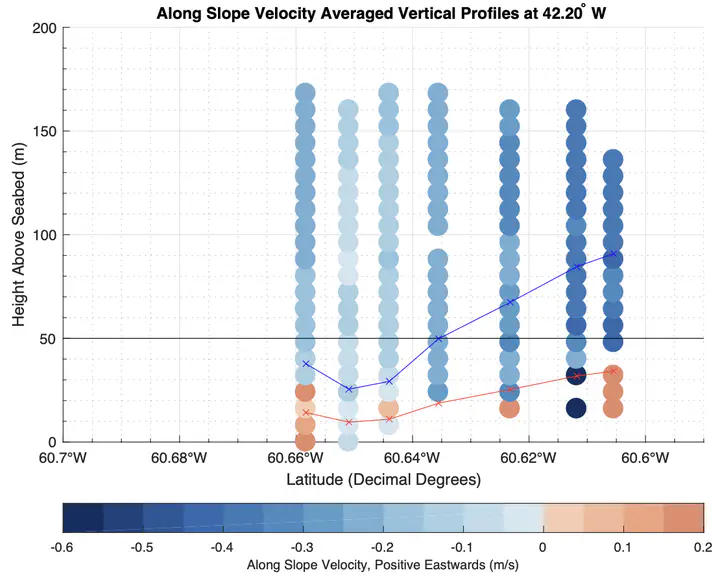 Fig 11. Hardware, left to right: Arduino Uno R3, RockBLOCK, Adafruit GPS, Thermistor.
Fig 11. Hardware, left to right: Arduino Uno R3, RockBLOCK, Adafruit GPS, Thermistor.Abstract
The Orkney Passage is a submarine valley in the South Scotia Ridge that connects the Scotia Sea to the Weddell Sea. It is the most direct throughflow for deep water outflow from the Weddell Sea to enter the Atlantic Overturning Circulation. This study uses autonomous underwater vehicle data from the Dynamics of the Orkney Passage Outflow Project (DynOPO) to investigate the near seabed flow in the western flank of the Orkney Passage and test the hypothesis that across slope flow in the region will primarily be downslope as a result of Ekman Veering. From assessing 28 locations across slope flow was observed to be predominantly in a downslope direction, occurring twice as often as upslope flow. It was found that 16 locations directly violate Ekman Veering, five locations somewhat conform to Ekman veering and the remaining locations neither support nor violate Ekman Veering. This lead to the conclusion that Ekman veering is not the only process responsible for the observed across slope flow in the region. Subsequently, other processes are briefly investigated. The Ekman layer thickness and the net across slope flow within the bottom boundary layer were also calculated.